The Role of Downhole Sensors in Optimizing Unconventional Wells
The oil and gas industry has long been working to extract valuable hydrocarbon resources from unconventional reservoirs such as shale and tight gas formations. However, these reservoirs present some unique challenges that require advanced technologies to optimize recovery and operational efficiency. One of the most important advances is downhole sensors – a tool that provides real-time data from deep below the wellbore.
What is Downhole Sensors in Oil and Gas
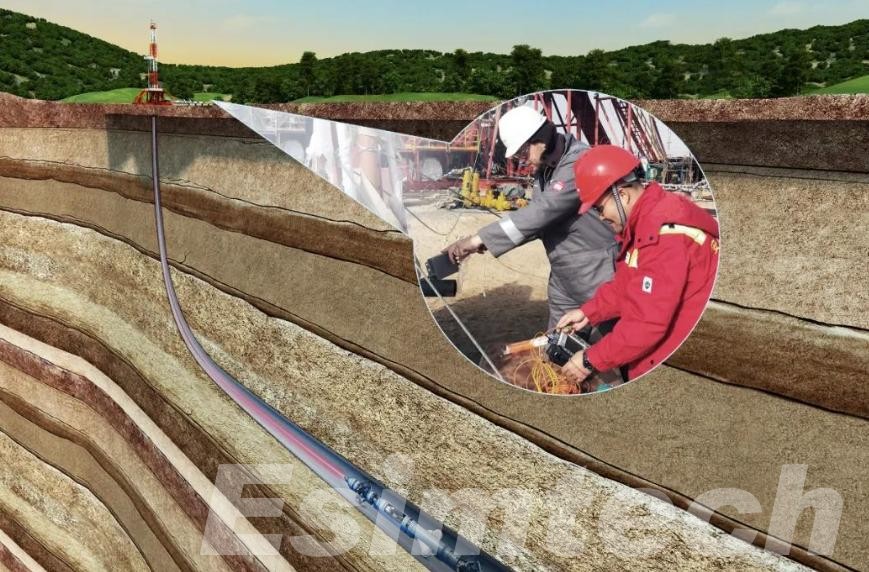
Downhole sensors is a kind of downhole tools, are specialized instruments deployed within the wellbore of oil and gas wells to collect real-time data on various downhole conditions. These sensors are designed to withstand the extreme environments found deep underground, where temperatures, pressures, and other conditions can vary significantly. They measure a wide range of parameters, such as pressure, temperature, flow rates, gas composition, and even vibration, which are essential for monitoring the health and performance of the well.
Downhole sensors encompass various types, such as pressure gauges, temperature sensors, multi-phase flow meters, and chemical sensors. These instruments are generally installed during the drilling, completion, or production stages of a well, offering continuous data to operators. The real-time information gathered by these sensors is transmitted to surface monitoring systems, enabling operators to make data-driven decisions that optimize well performance. By delivering crucial insights directly from the wellbore, downhole sensors play a key role in improving reservoir management, boosting production efficiency, and minimizing operational risks.
Challenges Faced in the Operation of Unconventional Wells
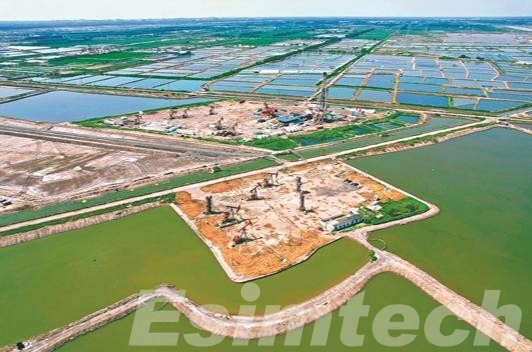
Unconventional wells, such as those drilled in shale, tight oil, and gas formations, face several challenges due to their complex geology and operational conditions. These challenges require careful planning, advanced technologies, and constant monitoring to ensure successful extraction. Some of the key challenges include:
- Complex Reservoirs: Unconventional reservoirs are often highly variable, with changes in rock properties and fluid behavior across short distances. This makes it difficult to accurately predict how the reservoir will perform, requiring detailed and ongoing analysis of the formation to understand its characteristics and improve recovery strategies.
- Wellbore Integrity: The harsh conditions at great depths—such as extreme pressures and temperatures—can affect the wellbore’s integrity. Casing failures, wellbore collapses, and equipment malfunctions are more likely to occur in unconventional formations, posing risks to well stability and production.
- Fluid Flow Issues: Unconventional wells often experience complex fluid flow, with oil, gas, and water all moving at different rates. Managing this multiphase flow can be challenging, as the fluids may need to be separated and controlled to ensure efficient production and prevent issues like water flooding or gas interference.
- High Costs: Drilling and completing unconventional wells requires significant investment in equipment, specialized tools, and extended drilling periods. The high costs associated with these wells mean that optimizing their performance is crucial to ensuring a profitable operation. Efficient management and reduced downtime are essential for maintaining the economic viability of unconventional projects.
- Lack of Real-Time Data: Traditional monitoring methods often fall short when it comes to providing real-time data for unconventional wells. Without continuous downhole measurements, it can be difficult to track well performance accurately, identify problems early, and make adjustments quickly, leading to potential delays and increased costs.
Role of Downhole Sensors in Optimizing Unconventional Wells
Downhole sensors play a crucial role in optimizing the performance of unconventional wells. By delivering real-time data, they significantly improve various facets of well operations, enabling operators to address the unique challenges associated with unconventional reservoirs. Here are the four key ways downhole sensors contribute to the optimization of these wells.
Optimization of Hydraulic Fracturing and Well Stimulation
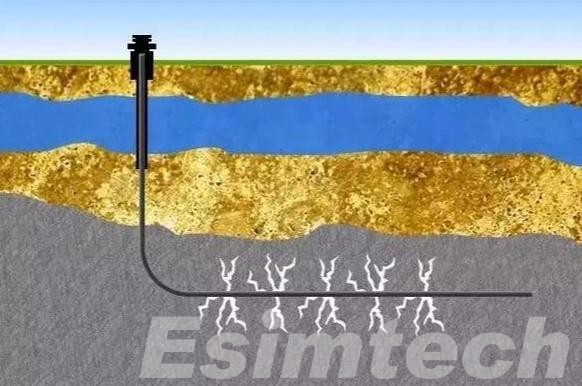
Hydraulic fracturing is a vital technique for unlocking resources in unconventional wells, and downhole sensors play a key role in enhancing its effectiveness. These sensors provide essential data that supports real-time decision-making during fracturing operations.
- Real-Time Data for Fracture Design: Sensors track downhole pressures and fluid injection rates throughout the fracturing process, delivering immediate feedback on the treatment’s performance. This data enables operators to adjust injection rates or fluid compositions, optimizing fracture stimulation and boosting well productivity.
- Ensuring Effective Fracturing: Through continuous monitoring, operators can confirm that fractures are being initiated and propagated as planned. Any inconsistencies in pressure or fluid flow are immediately addressed, preventing ineffective stimulation and minimizing the risk of formation damage.
- Maximizing Production: By fine-tuning fracture geometry and flow pathways, downhole sensors help optimize production rates from unconventional reservoirs. This ensures greater access to hydrocarbons while reducing the likelihood of under-stimulation or harm to the formation.
Real-Time Monitoring of Critical Well Parameters
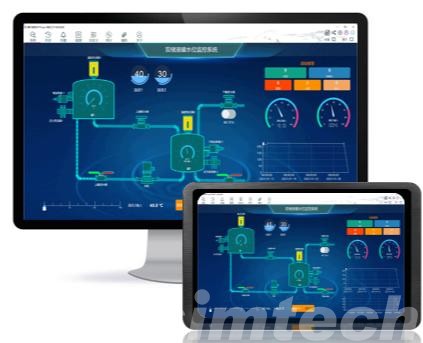
One other key function of downhole sensors is their ability to monitor critical parameters in real-time, such as pressure, temperature, and fluid composition. This constant stream of data enables operators to quickly identify any abnormalities or changes in well conditions. Without real-time monitoring, issues like fluid blockages, pressure fluctuations, or temperature spikes could go unnoticed, potentially leading to costly repairs or significant downtime.
- Early Detection of Issues: By tracking parameters such as gas-to-liquid ratios or fluid flow, downhole sensors can identify potential issues like gas migration, water breakthrough, or shifts in phase behavior. These early warnings help prevent production disruptions and costly interventions.
- Prevention of Downtime: With immediate access to real-time data, operators can respond swiftly to any changes and prevent unnecessary downtime. Timely adjustments to equipment and operational parameters can be made, ensuring continuous and efficient well performance.
- Pressure and Temperature Monitoring: Downhole sensors continuously measure pressure and temperature variations, allowing operators to monitor well conditions and adjust production rates as needed. This ensures that the well operates under optimal conditions, preventing problems like over-pressurization or thermal damage.
Wellbore Integrity Monitoring and Risk Mitigation
Maintaining wellbore integrity is crucial to the successful operation of unconventional wells. Downhole sensors provide essential data that help identify early signs of issues such as casing wear, corrosion, or gas migration, enabling operators to take proactive steps before these problems lead to significant operational disruptions.
- Minimizing Risk and Costs: By continuously monitoring wellbore conditions, downhole sensors reduce the need for expensive interventions after drilling. This proactive approach lowers maintenance costs, minimizes downtime, and improves the overall safety and stability of the well throughout its operational life.
- Detecting Wellbore Instability: Sensors monitor vibrations, pressure fluctuations, and fluid flow patterns that can signal wellbore instability. Early detection of casing deformation, stuck tools, or potential leaks allows for prompt intervention, reducing the risk of wellbore collapse and minimizing costly repairs.
- Gas and Fluid Migration Monitoring: Unconventional wells, particularly those undergoing hydraulic fracturing, face the risk of unwanted fluid or gas migration. Downhole sensors track fluid movement within the formation and send real-time alerts if abnormal migration is detected, helping prevent environmental hazards and preserving production.
Enhanced Reservoir Characterization and Management
Unconventional reservoirs are often complex, exhibiting variations in permeability, porosity, and pressure. Accurately characterizing these reservoirs is essential for maximizing recovery and optimizing production efficiency. Downhole sensors provide critical data that allows operators to continuously monitor the reservoir’s behavior and refine their understanding of its properties.
- Informed Decision Making: By integrating sensor data with reservoir models, operators can make more informed decisions regarding drilling, completion, and stimulation techniques. For example, having precise pressure and temperature profiles allows for better fracture treatment designs, reducing the risk of formation damage.
- Pressure Gradients and Temperature Distributions: Sensors positioned at various depths within the wellbore measure pressure and temperature gradients, offering valuable insights into the reservoir’s flow capacity. This information helps operators identify the most productive zones and optimize fracture placement and stimulation during hydraulic fracturing operations.
- Resource Optimization: Accurate reservoir characterization enhances the ability to estimate hydrocarbon reserves and develop the most effective extraction strategies. By continuously adjusting production methods based on sensor feedback, operators can optimize recovery rates while minimizing unnecessary costs.
Integration of Downhole Sensors with Advanced Technological Solutions
The true power of downhole sensors is unlocked when they are integrated with advanced technological solutions such as simulation tools, artificial intelligence (AI), machine learning, and cloud computing. This integration allows for smarter, more efficient well management, turning real-time data into actionable insights.
- Simulation Tools: Simulation tools are essential for maximizing the value of downhole sensor data. These tools leverage real-time sensor information to build digital models of the well and reservoir, enabling engineers to test different operational scenarios without physically modifying the well. By simulating changes in pressure, fluid flow, or fracturing, engineers can predict outcomes and refine optimization strategies, ultimately reducing costs and minimizing risks.
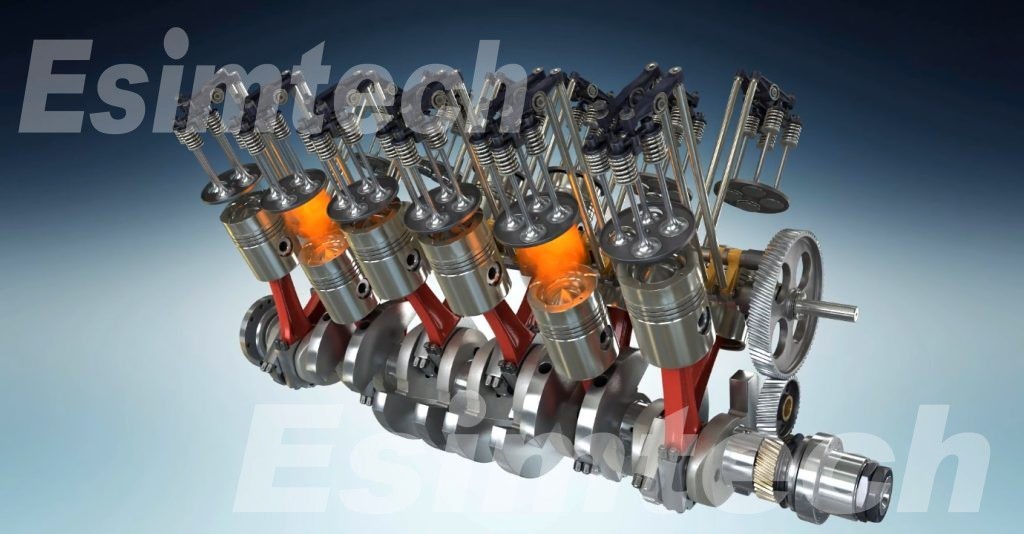
- Data Analytics: Real-time data from downhole sensors is processed using powerful analytics platforms, which identify patterns and trends to optimize well performance. Predictive models can forecast future well behavior, enabling operators to take proactive measures to avoid issues like equipment failure or production decline.
- Automation and Control: Automated systems, driven by sensor data, can adjust operational parameters in real-time to stabilize the well, ensuring optimal recovery while minimizing human error and reducing the need for manual intervention.
By integrating these technologies, a comprehensive approach to well management is achieved, enhancing efficiency, safety, and profitability in unconventional well operations.
Our Final Thoughts
Downhole sensors are vital for optimizing unconventional wells, providing real-time data that improves decision-making, efficiency, and productivity. As the industry evolves, integrating these sensors with advanced technologies like AI, automation, and cloud computing will enhance well management, addressing challenges while enabling more sustainable and cost-effective resource extraction. Embracing these innovations is key for companies to stay competitive in the changing energy landscape.
